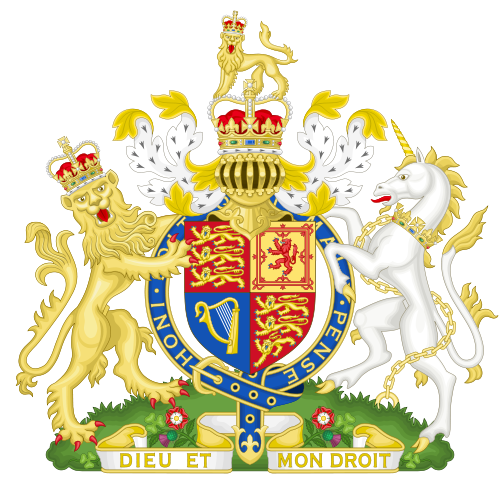

These moves raised eyebrows and questions in some quarters over whether the tarnished King Juan Carlos (84), in self-imposed exile in Abu Dhabi since August 2020 after prosecutors started to look into his financial affairs and business dealings, will receive the same treatment in London when he dies. The Union Jack was projected onto Madrid’s Town Hall. Two of Spain’s 17 regions, Madrid and Andalusia, both controlled by the conservative Popular Party (PP), the most pro-monarchy of Spain’s plethora of political parties, together with the hard-right VOX, declared mourning periods. The sustaining myth of the monarchy is that while kings and queens are mortal, the institution is not’. Writing in the Financial Times, the historian Simon Schama said Queen Elizabeth ‘embodied in her personal longevity the reassuring continuity of British history. The vast majority of Britain’s population has not known another head of state, and with the loss of a constant presence felt orphaned.


The queue in London to attend the Queen’s lying-in-state stretched back 8km, with people having to wait for up to 12 hours.
MONARCH OF THE KINGDOM OF THE DEAD TV
Spaniards were taken aback by the scale and depth of the mourning over Queen Elizabeth’s death, the world’s longest-reigning monarch and non-partisan head of state for 70 years, many of whose events were closely covered by Spain’s TV channels (the BBC gave blanket coverage) and in the printed media. Spanish monarchs since 1516 House of Habsburg Spain’s monarchs since Ferdinand and Isabella are shown in Figure 1.įigure 1. Both the UK, which comprises four countries, and Spain (17 autonomous regions) were originally formed from a uniting of kingdoms, made possible by the monarchy acting as an anchor. The first steps towards a united Spain, albeit loosely articulated, came about as the result of the marriage, in 1469, between Queen Isabella I of Castile (1474-1504) and King Ferdinand II of Aragon (1479-1516). It is rooted in the Visigothic Kingdom from the 5 th to the 8 th centuries and its Christian successor states of Navarre, Asturias (later León and Castile) and Aragón, which fought the Reconquest of the Iberian Peninsula, following the expansion of the Umayyad Caliphate when an army of Berbers from North Africa landed in 711 in what is today Gibraltar. Like the UK, the monarchy in Spain has a long history. When the opportunity arose for King Felipe and Queen Letizia to make a state visit to the UK in 2017, a year after the turmoil generated by the vote on Brexit in June 2016, and the uncertainty that gripped Spain following the inconclusive general election in December 2015, which saw a surge in the vote for the hard-left Podemos –an openly anti-monarchy party–, Queen Elizabeth pressed ahead regardless. She regarded Juan Carlos’s reign as living proof of the highly positive contribution the monarchy could make to a nation’s political development and international standing. The abdication and the future of the Spanish monarchy greatly concerned Queen Elizabeth, who believed being a monarch was a job for life, as it proved to be in her case. King Juan Carlos I, a 3 rd cousin of Queen Elizabeth who abdicated in 2014 in favour of his son Felipe, and Queen Sofía made a state visit to the UK in 1986, followed by a similar visit to Spain by Elizabeth and Prince Philip in 1988. He affectionately addressed Queen Elizabeth as ‘Aunt Lilibet’. Queen Elizabeth was the great-great-granddaughter of Queen Victoria, while Felipe is the great-great-great-grandson of that Queen who died in 1901. Alfonso XIII, the great-grandfather of Spain’s current monarch, King Felipe VI, married one of Queen Victoria’s granddaughters, Victoria Eugenie of Battenberg (‘Queen Ena’ or Victoria Eugenia), in 1906. Both countries were briefly brought closer together again in the 16 th century when King Henry VIII married Catalina of Aragon in 1509 (later annulled) and Mary Tudor (‘Bloody Mary’) married Felipe II in 1554. The monarchies of England (and later the UK) and Spain have been linked since the 12 th and 13 th centuries when King Alfonso VIII of Castile married Eleanor Plantagenet in 1170 and King Edward I of England married Leonor of Castile in 1254. The death of Queen Elizabeth II this month, prompting a massive outpouring of grief in the UK and much pomp (10 days of ceremonial events before the state funeral), resonated in Spain and put its monarchy, restored after the end of the Franco dictatorship in 1975, in the limelight.


 0 kommentar(er)
0 kommentar(er)
